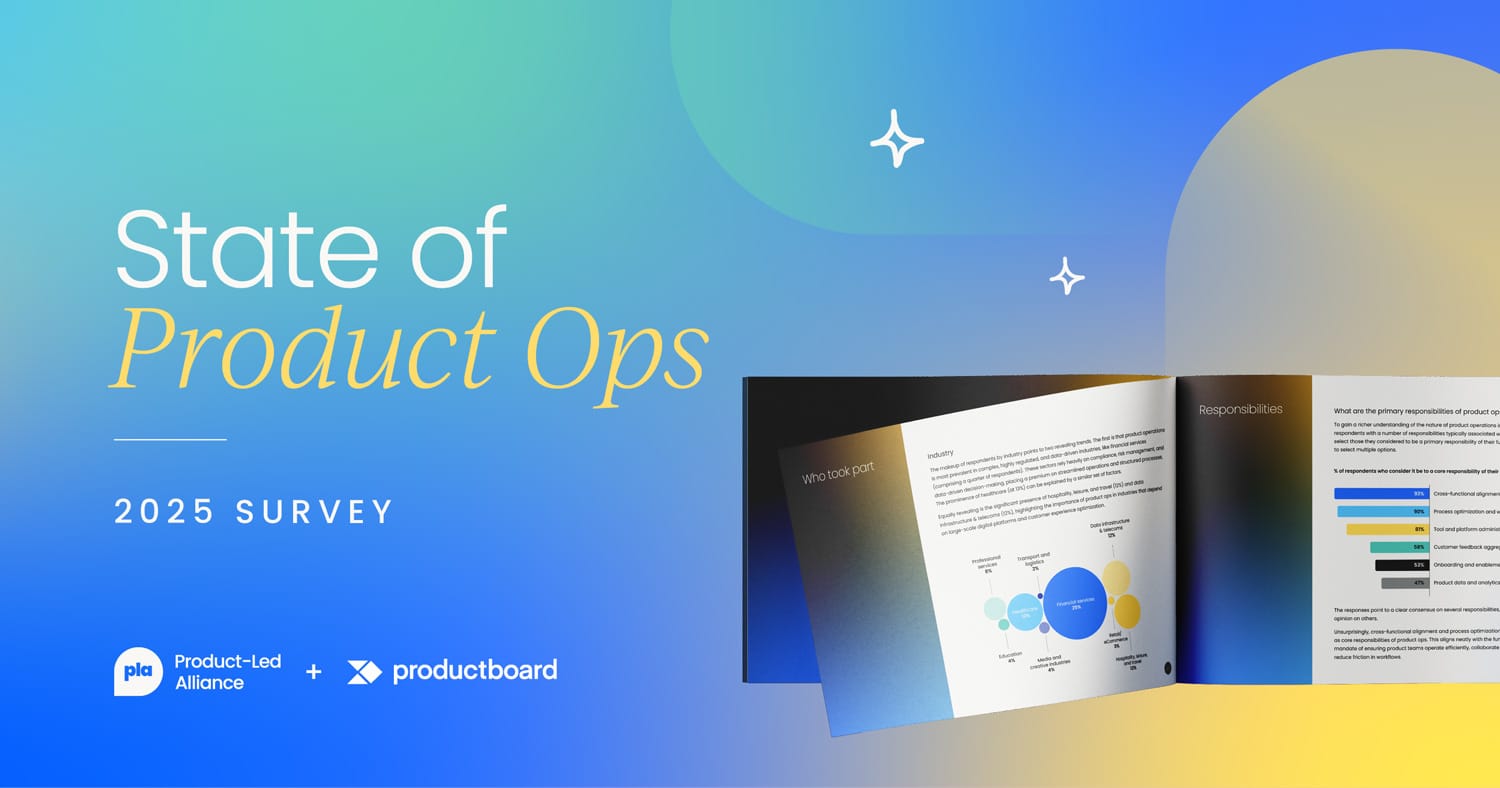
An in-depth look at the past, present, and future of the product operations function.
Product ops has ungone a transformation in recent years.
What was once a misunderstood function fighting for credibility has emerged to become the connective tissue of scaled product organizations.
But how did it get here?
Our latest report gives you a behind-the-scenes look at how the function is evolving, why it quickly gained currency in the product world, and what comes next for product operations practitioners.
Intrigued? Get your free copy right here 👇
What’s inside?
We surveyed product ops professionals from a range of industries to get a 360 view of the function. Here's some of what we covered 👇
📊 Exclusive benchmarks on team sizes, structures, and KPIs
💻 The product ops tech stack
🛠️ Evolving roles and responsibilities
😰 Persistent challenges and pain points
🧩 A look at where product ops sits in the org
👩💻 Expert insights from leading practitioners
🔮 Predictions for what’s next for the discipline
Here are some highlights:
- Three-quarters of dedicated product ops teams work in a centralized capacity – and almost half report directly to the Chief Product Officer
- Only 20% of teams experienced headcount growth in the last year
- While product ops plays a growing role in scaling organizations, 1 in 5 teams still lack any formal way to measure its effectiveness
- Just 7% of practitioners are leveraging high levels of automation in their work
- 19% of centralized functions have established dedicated liaisons for cross-departmental collaboration
- A lack of clarity around roles and responsibilities is the No.1 challenge faced by product ops teams
- Almost half of product operations professionals say the function is evolving with AI and automation
Product ops is growing up
This isn’t just a collection of numbers. The State of Product Ops is a data-driven report that charts the rise of product operations.
Get your copy of this year's report to find out why product ops is growing.


 Follow us on LinkedIn
Follow us on LinkedIn



